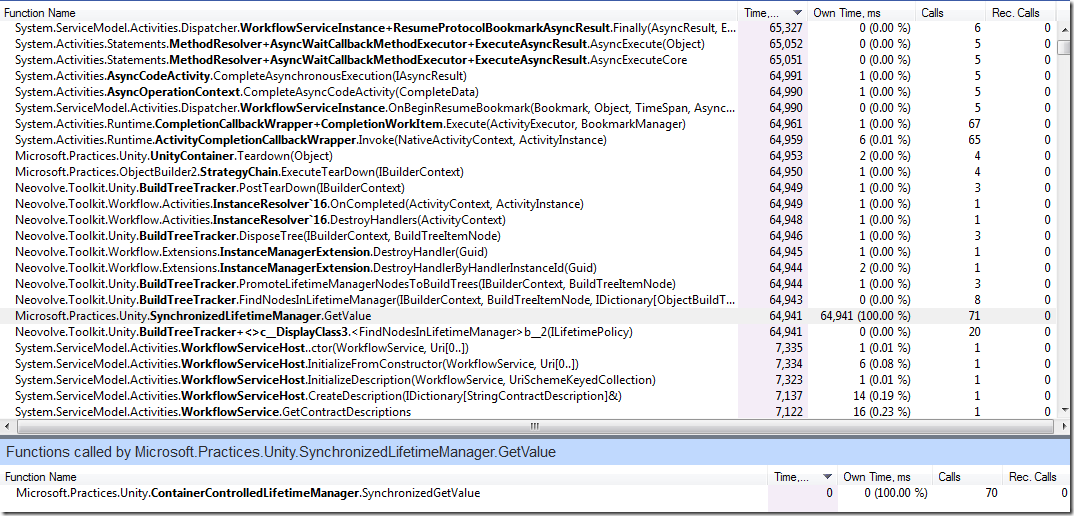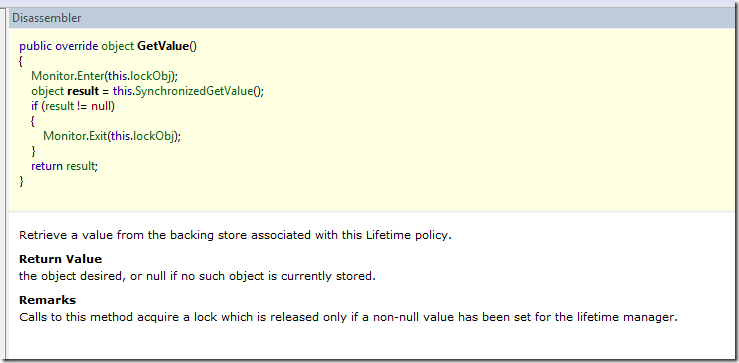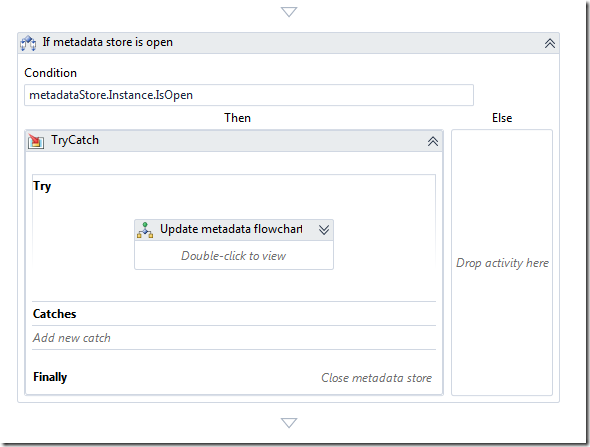Tip for building a private domain controller for Lab Management with Network Isolation
There are obvious benefits by using Lab Management for testing your software. It is a fantastic environment for test teams to test the software written by a development team.
The requirement I had with my test labs was that I need to use domain controlled security within the test lab as this is what is used in production. I also do not want any impact on the development or production domains. The solution is to use a domain controller (DC) within the lab environment rather than reference the domain hosting the lab environment.
Having a test DC means that it needs to be isolated from the hosting network. This avoids AD, DNS and DHCP conflicts between the development and test networks. Lab management can be configured for network isolation to get around this problem. This means that the private DC will have a network connection that is private to the lab, while all the other machines in the lab will have one NIC for the private lab network and a second NIC for access out to the hosting environment. This setup can be seen in the SCVMM network diagram below with the machine at the top of the diagram being the private DC.



